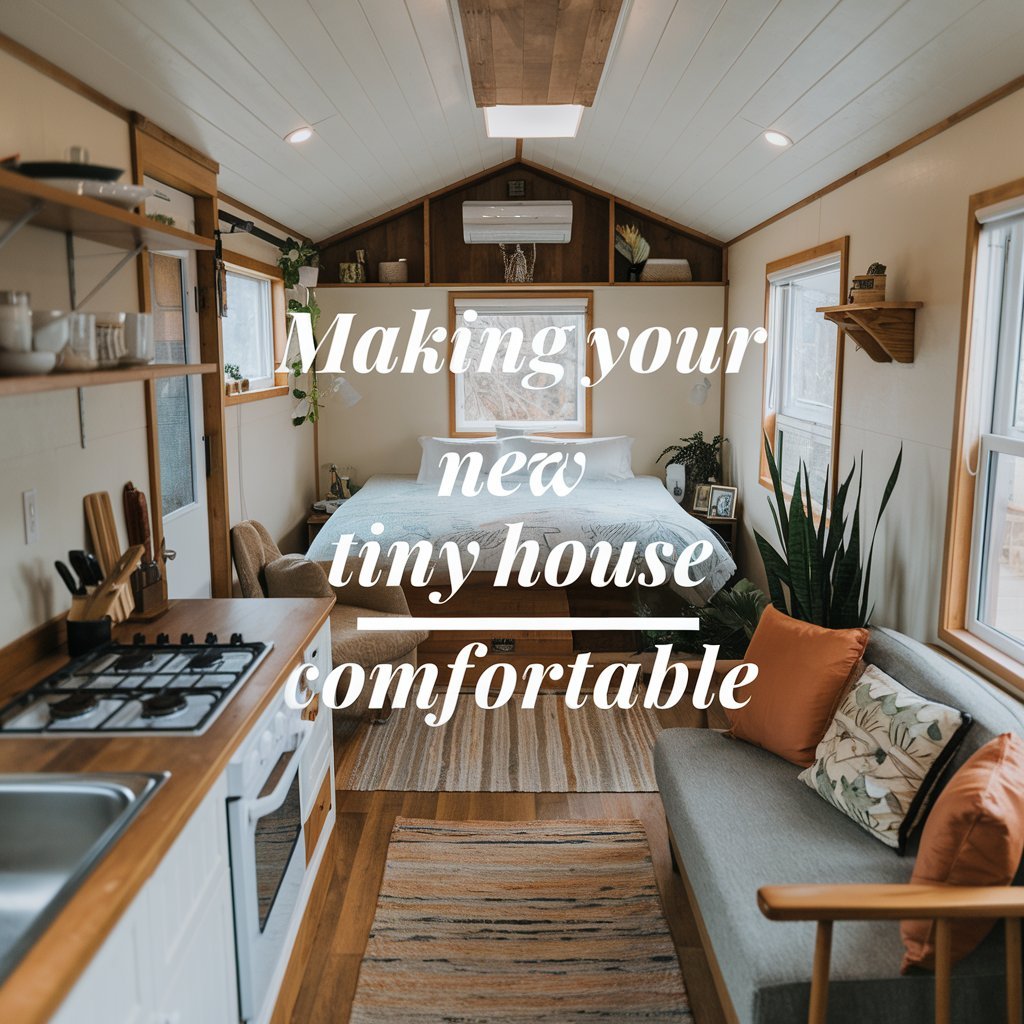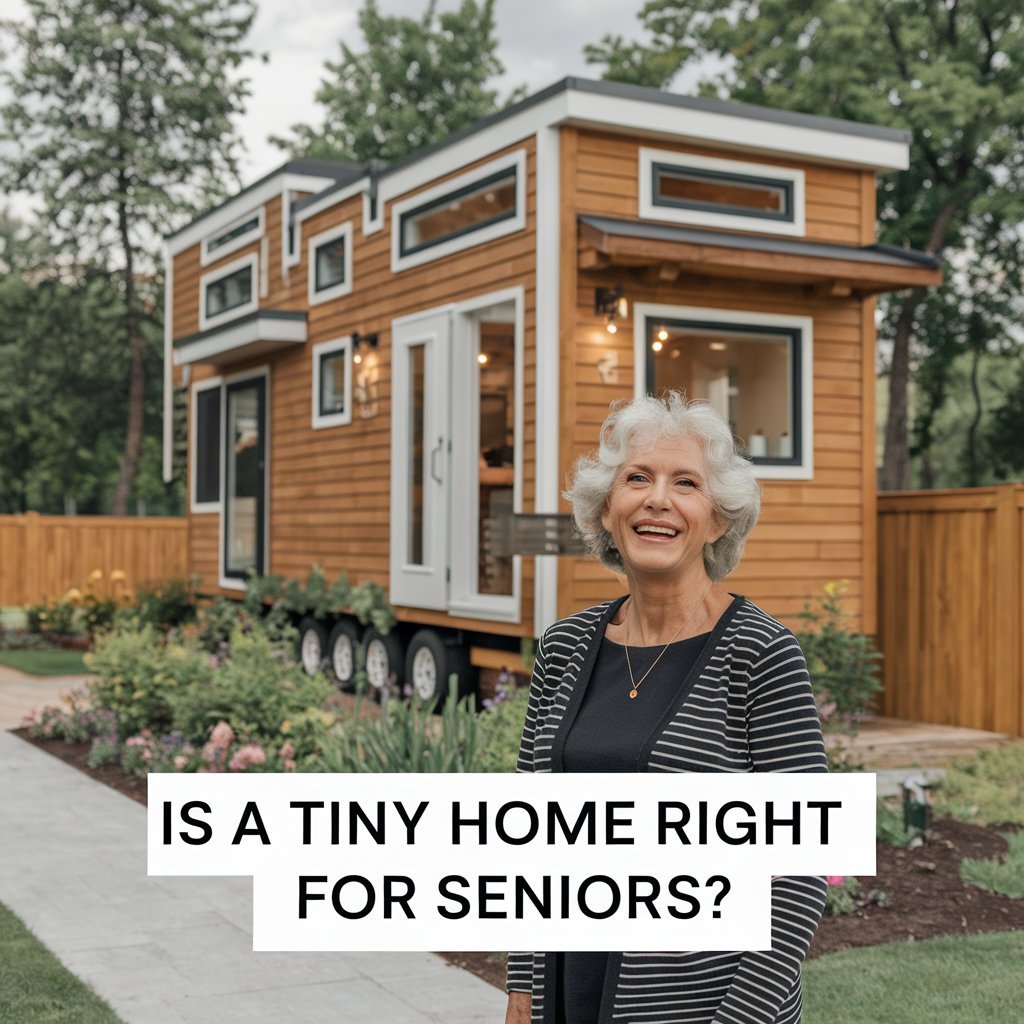Creating bright, energy-efficient spaces in compact dwellings starts with smart planning. Passive solar principles offer a blueprint for balancing warmth and cooling without mechanical systems. By aligning structures with the sun’s path and using thermal mass materials like brick or stone, these homes store heat during winter and deflect it in summer.
Window placement plays a critical role in illumination. Larger glazed areas on south-facing walls capture maximum daylight, while strategic shading prevents overheating. Reflective surfaces and open layouts amplify brightness, making rooms feel airy despite limited square footage.
Material choices directly impact both aesthetics and functionality. Light-colored walls enhance luminosity, while insulated glass maintains comfort year-round. Every decision—from ceiling height to finish textures—contributes to a cohesive system that prioritizes sustainability.
Key Takeaways
- Proper orientation maximizes sunlight exposure while reducing energy use
- Thermal mass materials regulate indoor temperatures naturally
- Strategic window sizing and placement enhance brightness without glare
- Light-reflective surfaces create the illusion of more space
- Multi-functional layouts improve light distribution in compact areas
Introduction: The Importance of Natural Light in Tiny Homes
Harnessing sunlight transforms compact dwellings into vibrant sanctuaries. Proper illumination addresses both practical needs and emotional well-being, especially where square footage is limited. Bright environments combat cabin fever while reducing reliance on electricity.

Benefits of a Brighter Living Space
Sunlit areas boost serotonin levels, enhancing mental clarity and emotional balance. Morning rays help reset circadian rhythms, improving sleep quality. Open layouts paired with reflective surfaces like mirrors multiply available brightness without adding square feet.
Daylight penetration cuts energy bills by up to 40% in some cases. Glass doors or clerestory windows maintain privacy while flooding interiors with sunshine. These features create visual depth, making 200 sq. ft. feel like 300.
Challenges and Opportunities in Compact Homes
Limited wall areas restrict traditional window placements. Clever alternatives emerge: skylights, transom windows, or glass partitions between rooms. Multi-directional glazing captures sunlight at different angles throughout the day.
| Challenge | Solution | Impact |
|---|---|---|
| Minimal exterior walls | Corner windows | Expands sightlines |
| Privacy concerns | Frosted glass shelves | Diffuses light |
| Heat gain | Adjustable shades | Balances temperature |
Vertical surfaces become light amplifiers when painted in eggshell finishes. Even storage units contribute—glass-front cabinets double as light channels. Every element works overtime to maximize luminosity.
Understanding Natural Light and Its Impact on Home Efficiency

Sunlight acts as both architect and therapist in compact living spaces. Its presence shapes energy flows while influencing emotional states through subtle biological cues. This dual role makes proper light management essential for creating functional, uplifting environments.
How Light Shapes Interior Energy and Mood
Daylight exposure triggers measurable changes in human physiology. Morning sunshine boosts cortisol production, enhancing alertness. Evening golden hues stimulate melatonin release, preparing the body for rest. These rhythms align occupants with Earth’s daily cycle, promoting better sleep and focus.
Seasonal sun angles dramatically affect thermal performance. Winter’s low-angled rays penetrate deeper into rooms, providing free heat. Summer’s high path allows properly sized overhangs to block excessive warmth. This solar ballet reduces HVAC use by 15-25% in well-planned spaces.
| Light Factor | Energy Impact | Mood Benefit |
|---|---|---|
| Seasonal sun angles | Regulates heating/cooling needs | Aligns circadian rhythm |
| Window orientation | Reduces artificial lighting | Enhances visual comfort |
| Reflective surfaces | Cuts electricity consumption | Creates spatial perception |
Color temperature plays a hidden role in efficiency. Cool white light (5000K) enhances productivity but increases eye strain. Warm tones (2700K) promote relaxation while using 20% less power than harsh LEDs. Smart window placement balances both naturally.
Homes blending these principles see year-round benefits. South-facing glass captures winter warmth, while deciduous trees provide summer shade. Light shelves bounce sunshine deeper into rooms, eliminating dark corners without added fixtures.
Design Strategies for Optimizing Natural Light in a Tiny Home
Proper placement forms the foundation of luminosity in compact living. Aligning structures with the sun’s path captures warmth during colder months while avoiding summer overheating. In the Northern Hemisphere, south-facing walls become solar sponges, soaking up 30% more winter sunlight than other orientations.

Window arrangement requires precision. North-facing glazing provides steady ambient glow without glare, while east-west openings harness morning and afternoon rays. Clerestory installations above eye level shower interiors with sunshine while maintaining privacy.
Color palettes act as silent light conductors. Soft whites and pale grays reflect 80% more daylight than dark hues. Matte finishes prevent harsh glare, creating balanced brightness across rooms. Even flooring choices matter—light-toned wood amplifies radiance underfoot.
Architectural ingenuity solves spatial constraints. Skylights funnel vertical illumination into windowless corners. Glass partitions between zones allow sunshine to travel freely. Light wells channel outdoor brilliance to interior walls, doubling perceived spaciousness.
Mirrors and metallic accents serve as visual amplifiers. A strategically placed reflective surface can bounce sunlight 15 feet deeper into narrow layouts. Frosted glass shelves diffuse harsh beams while maintaining airy aesthetics—proof that every inch contributes to luminous living.
The Role of Windows, Doors, and Materials in Capturing Sunlight
Architectural elements become sunlight collaborators when chosen with intention. Glazing choices, frame durability, and entryway configurations determine how effectively spaces harness solar energy. These components work together to create luminous environments that adapt to seasonal shifts.

Choosing the Right Glazing and Frames
Modern window technology balances clarity with climate control. Triple-paned units with low-emissivity coatings block 75% of UV rays while allowing visible light through. Fiberglass frames outperform vinyl in thermal resistance, maintaining seal integrity across temperature swings.
Door construction impacts illumination beyond entry points. Full-length glass panels in French-style models double as light channels. Frosted inserts in solid-core options provide privacy without sacrificing brightness. Proper weatherstripping ensures tight seals, preventing energy leaks around edges.
Strategic Placement for Maximum Light
Orientation dictates window performance. South-facing installations capture winter warmth through low-angled sun, while north-oriented glazing offers consistent ambient glow. East-west placements should incorporate adjustable shading to manage morning and afternoon intensity.
| Window Type | Best Placement | Seasonal Benefit |
|---|---|---|
| Double-glazed | South walls | Winter heat retention |
| Tinted glass | West exposure | Summer glare reduction |
| Operable skylights | Central ceilings | Year-round ventilation |
Material pairings enhance functionality. Aluminum-clad wood frames resist moisture near entryways. Tempered glass in doors withstands impact while maximizing transparency. Reflective tile backsplashes near windows amplify incoming rays, creating secondary light sources.
Integrating Passive Solar Principles into Tiny Home Design
Mastering solar dynamics turns compact spaces into climate-responsive habitats. Passive solar systems use geometry and material science to maintain comfort, blending ancient wisdom with modern efficiency.
Sun Angles: Nature’s Seasonal Clock
Summer sun sits high, while winter rays travel lower across the sky. Roof overhangs sized to your latitude block July heat but welcome December warmth. A 12-inch overhang in Nashville shelters 3 ft of wall space perfectly.
| Latitude | Summer Shade Depth | Winter Light Penetration |
|---|---|---|
| 30° | 18 inches | 4.5 feet |
| 40° | 24 inches | 3.8 feet |
| 50° | 30 inches | 3.2 feet |
Thermal Mass: The Hidden Battery
Dense materials absorb excess warmth like sponges. A brick wall behind south-facing windows stores 8-12 hours of solar heat. Concrete floors release stored energy after sunset, smoothing temperature swings.
Key material choices:
- Adobe blocks: 40% more effective than drywall
- Water containers: Store 2x more thermal energy than stone
- Trombe walls: Glass-fronted masonry radiates warmth overnight
These elements work silently, cutting heating costs by 25% in 400 sq. ft. dwellings. Properly positioned mass walls become architectural features that pay thermal dividends year-round.
Smart Placement and Sizing: Maximizing Window and Wall Space
Precision in window proportions transforms compact living areas. The ideal ratio balances solar gain with insulation needs—typically 7-12% of floor area for south-facing glazing. Oversized panes create summer heat traps, while undersized ones leave rooms feeling dim.

Strategic planning maintains structural integrity when cutting openings. Load-bearing walls require headers above windows, while non-bearing partitions allow creative shapes. Corner installations capture cross-breezes and dual-aspect views, expanding visual space perception.
| Window Type | Optimal Placement | Energy Impact |
|---|---|---|
| Double-glazed | South walls | +18% winter heat retention |
| Ribbon style | Above countertops | 30% more ambient light |
| Operable skylight | Central ceiling | Natural ventilation boost |
Room function dictates glazing needs. Living zones benefit from floor-to-ceiling panes, while storage areas use smaller transom windows. East-facing breakfast nooks harness morning rays, reducing artificial lighting needs.
External factors shape placement decisions. Nearby trees or buildings cast shadows—summer sun path analysis prevents light blockage. Privacy films on street-facing windows maintain openness without sacrificing seclusion.
Clever solutions maximize limited surfaces:
- Angled window seats add seating while capturing low-angle light
- Mirrored backsplashes reflect sunlight into narrow galley kitchens
- Frosted glass partitions between rooms share brightness across zones
Creative Storage Solutions and Multifunctional Furniture for Small Spaces
Maximizing space efficiency enhances livability in compact environments. Clever organization systems preserve openness while keeping essentials accessible. Vertical surfaces become unexpected allies when traditional storage areas disappear.

Incorporating Vertical Storage Options
Wall-mounted shelves above door frames hold seasonal items without blocking windows. Ceiling-hung racks store pots and pans, freeing counter space for food prep. These solutions maintain clear sightlines, allowing sunshine to reach every corner.
Multipurpose furniture serves dual roles in tight quarters. Fold-down tables transform into wall art when not in use. Ottomans with hidden compartments stash blankets or books while doubling as seating. Every piece earns its keep through adaptability.
| Storage Type | Space Saved | Light Benefit |
|---|---|---|
| Floating shelves | 4-6 sq. ft. | Unobstructed windows |
| Magnetic knife strips | 2 sq. ft. | Clear countertops |
| Under-stair drawers | 8-10 sq. ft. | Maintains room flow |
Translucent materials maintain brightness in organized areas. Glass-front cabinets showcase dishes while diffusing light. Acrylic dividers in drawers create order without visual weight. These choices prevent clutter from dimming the atmosphere.
Strategic placement keeps larger items from casting shadows. Position dressers against interior walls, leaving window zones clear. Rotating racks in corners maximize accessibility without blocking pathways. Thoughtful arrangements make compact spaces feel expansive and sunlit.
Innovative Layout Ideas for Compact Kitchens and Living Areas
Efficient spatial organization transforms cramped cooking zones into functional hubs. Compact kitchens demand smart solutions that merge workflow efficiency with visual openness. Clever arrangements turn every inch into an opportunity for both storage and sunlight penetration.

Optimizing Counter Spaces and Appliance Placement
Single-wall configurations maximize narrow spaces by aligning sinks, stoves, and cabinets in a straight line. Galley setups with parallel counters create efficient work triangles. Both layouts prioritize proximity to windows, ensuring tasks like chopping vegetables occur in well-lit zones.
| Layout Type | Width Range | Counter Space | Key Benefit |
|---|---|---|---|
| Single-wall | 7-8 ft | 4-6 linear ft | Uninterected window access |
| Galley | 9-10 ft | 8-10 linear ft | Dual-side task lighting |
Space-saving appliances like 18-inch dishwashers and slim refrigerators maintain clear sightlines. Fold-up counter extensions provide extra workspace without blocking sunlight when folded. Magnetic knife strips and hanging pot racks keep tools accessible yet shadow-free.
Embracing Minimalism in Living Zones
Open-concept plans eliminate visual barriers between cooking and lounging spaces. Multi-functional furniture—like benches with hidden storage—reduces clutter that absorbs light. Glass-front cabinets and acrylic stools maintain airiness while serving practical needs.
Vertical gardens near windows add greenery without floor-space claims. Retractable dining tables tuck against walls when unused, preserving pathways for sunshine. Every choice prioritizes fluid movement of both people and daylight.
Balancing Natural Light with Energy Efficiency and Insulation
Smart insulation choices create invisible barriers that maintain comfort without blocking sunshine. Proper materials work like thermal blankets—keeping warmth during snowy months and reflecting summer heat. The trick lies in sealing gaps while preserving luminous views through well-insulated windows.
Sealing the Envelope
Air leaks sabotage even the best insulation. Weatherstripping around frames and spray foam in wall cavities block drafts. Focus on areas where walls meet roofs or floors—common trouble spots in compact dwellings.
| Insulation Type | R-Value per Inch | Best Use |
|---|---|---|
| Spray Foam | 6.5 | Wall cavities |
| Cellulose | 3.8 | Attic floors |
| Rigid Board | 5.0 | Exterior sheathing |
Moisture management prevents mold in tight spaces. Vapor barriers on warm-side walls stop condensation. Breathable materials like mineral wool allow walls to dry while maintaining thermal resistance.
Glazed areas need special attention. Thermal breaks around window frames reduce heat transfer. Double-paned units with argon gas fillings offer clarity and insulation. These layers work together to trap warmth without dimming daylight.
Balancing acts yield year-round rewards. Properly sealed homes use 20% less energy for heating and cooling. Combine high-performance windows with layered insulation for spaces that stay bright and comfortable through every season.
Adapting Design Strategies to Different Climates and Seasonal Changes
Regional weather patterns demand tailored approaches to maintain brightness and thermal balance. Homes in snowy regions benefit from layouts that trap warmth, while tropical dwellings need airflow-driven cooling systems. These climate-smart configurations work with local environments rather than against them.
Cold Region Adaptations
Northern properties require heat capture through expansive south-facing glazing. Low winter sun angles penetrate deep into living areas when paired with stone floors or brick walls. These materials absorb warmth during the day, releasing it slowly after sunset.
Key features for frigid zones:
- Triple-paned windows with argon gas insulation
- Overhang calculations based on December sun position
- Compact floorplans that concentrate warmth
Hot Climate Solutions
Sun-blocking techniques dominate in southern states. Wide eaves shield windows from high summer rays, while light-colored metal roofs reflect 65% more solar radiation than dark shingles. Cross-ventilation pathways channel breezes through sleeping areas.
| Feature | Cold Climate | Hot Climate |
|---|---|---|
| Window Orientation | South-facing | North/East-facing |
| Wall Materials | 12″ thick adobe | Insulated SIP panels |
| Shading | Deciduous trees | Fixed louvers |
Seasonal adjustments complete the system. Retractable awnings provide summer shade but fold away for winter light. Movable interior partitions let residents reconfigure spaces as daylight hours change. This flexibility maintains comfort through solstices and equinoxes alike.
Utilizing Technology and Tools to Track Sunlight Patterns
Modern tools simplify sunlight analysis for compact dwellings. Free apps like Sun Seeker overlay solar paths on smartphone cameras, showing exactly where rays will fall during different seasons. This data transforms guesswork into precision during the planning phase.
Digital Solutions for Solar Precision
Sun path charts reveal critical patterns through color-coded arcs. Blue lines mark winter solstice angles, while red ones show summer peaks. Builders use these visuals to position windows where light matters most—like east-facing kitchen nooks for morning coffee in natural glow.
Advanced software takes analysis further. Tools like SketchUp’s solar designer simulate shade patterns at specific times of day. During construction, contractors reference these models to adjust overhang lengths by the inch. Real-time tracking apps even alert users when optimal photo periods occur.
Homeowners can use basic tech without expert skills. A $10 compass paired with NOAA’s sun position calculator helps map daily light cycles. These methods prove particularly valuable when planning multi-season spaces that need balanced warmth and brightness.



